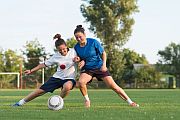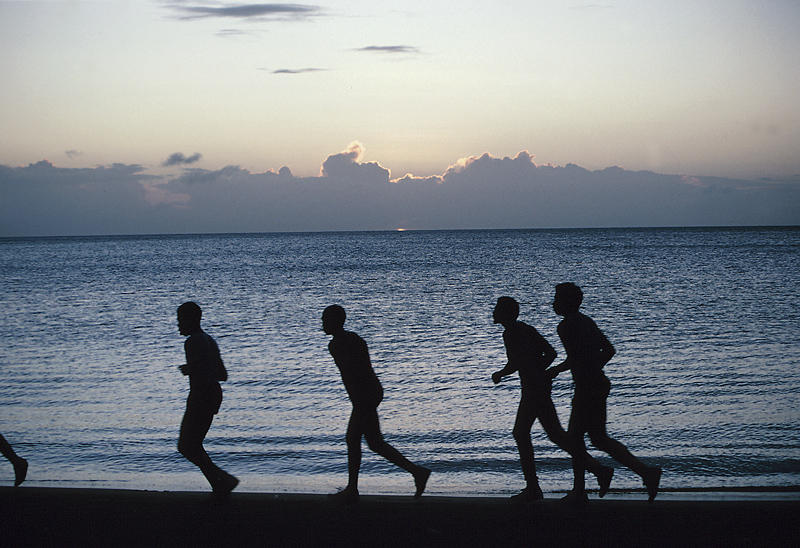
TUESDAY, Aug. 18, 2015 (HealthDay News) — Recovery time is similar for male and female college soccer players who’ve strained their hamstrings, but different factors affect their readiness to return to play, a new study finds.
“Multiple factors may influence the return-to-play time after an injury,” study author Kevin Cross, UVA-HealthSouth in Charlottesville, Va., said in a National Athletic Trainers’ Association news release.
“Our findings may help to shape appropriate strategies to prevent injury in the first place or to rehab the injury for efficient and effective return to participation. Prevention programs to reduce the incidence and severity of hamstring strains should focus on sport-specific training and position-specific training to replicate the demands of participation,” he concluded.
The current study included about 300 male and 200 female collegiate soccer players. The players all sustained a hamstring strains during the 2004 to 2009 fall seasons. Among males, there were 239 first-time strains and 67 recurrent strains. Among females, there were 176 first-time strains and 25 recurrent strains, the study found.
Median return-to-play time was seven days for men and six days for women, the study discovered.
Findings were published recently in the Journal of Athletic Training.
Among males with first-time strains, return-to-play time was longer if the injury occurred during a game rather than practice (nine days vs. six days); during in-season/post-season rather than during preseason (seven days vs. five days), Recovery time was also affected by division for males. For men in Division I, median recovery was eight days; for Division II, six days; and Division III, five days, the study said.
Among females with first-time strains, return-to-play time was not affected by these factors.
Among males with recurrent strains, return-to-play time was longer when the injury occurred during the in-season/post-season than during preseason (11 days. vs. 7.5 days). Among females with recurrent strains, return-to-play time was longer for forwards (11 days) than midfielders (two days) or defenders (four days).
The researchers said their findings offer insight into possible rehabilitation and injury prevention programs.
More information
The U.S. National Library of Medicine has more about hamstring strains.
Copyright © 2024 HealthDay. All rights reserved.

